Books
-
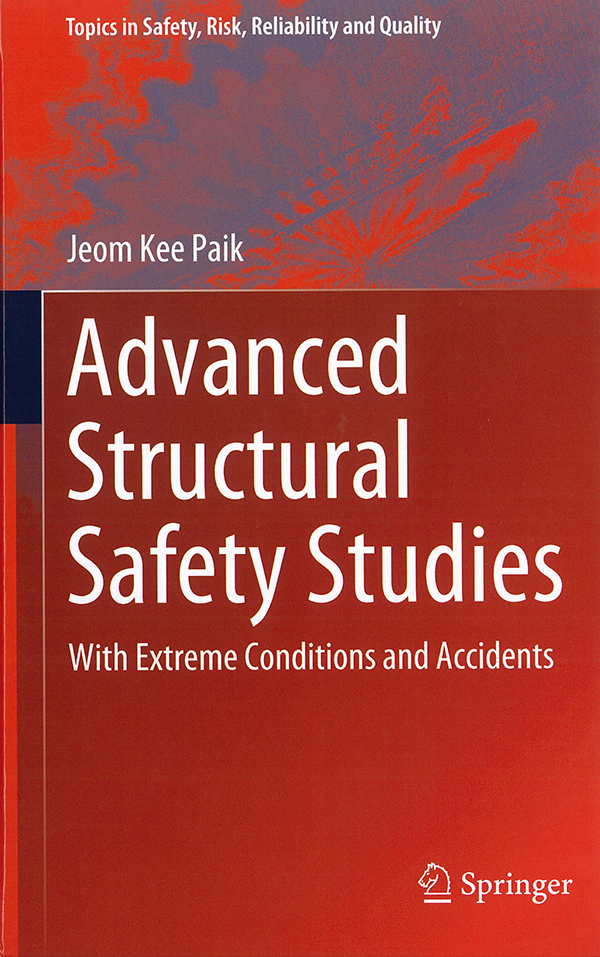 01 Advanced Structural Safety Studies With Extreme Condition and Accidents
01 Advanced Structural Safety Studies With Extreme Condition and AccidentsThis book describes principles, industry practices and evolutionary methodologies for advanced safety studies, which are helpful in effectively managing volatile, uncertain, complex, and ambiguous (VUCA) environments within the framework of quantitative risk assessment and management and associated with the safety and resilience of structures and infrastructures with tolerance against various types of extreme conditions and accidents such as fires, explosions, collisions and grounding. It presents advanced computational models for characterizing structural actions and their effects in extreme and accidental conditions, which are highly nonlinear and non-Gaussian in association with multiple physical processes, multiple scales, and multiple criteria. Probabilistic scenario selection practices and applications are presented. Engineering practices for structural crashworthiness analysis in extreme conditions and accidents are described. Multidisciplinary approaches involving advanced computational models and large-scale physical model testing are emphasized. The book will be useful to students at a post-graduate level as well as researchers and practicing engineers.
-
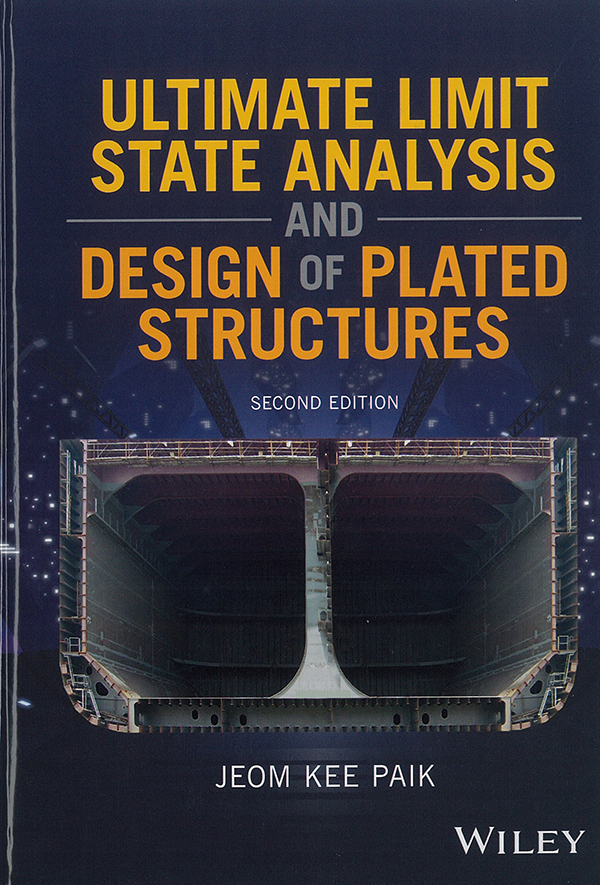 02 Ultimate Limit State Analysis and Design of Plated Structures
02 Ultimate Limit State Analysis and Design of Plated StructuresPlated structures are important in a variety of marine, land-based and aerospace applications, including ships, offshore platforms, box girder bridges, power/chemical plants, box girder cranes, and aircrafts. The basic strength members in plated structures include support members such as stiffeners, girders and frames), plates, stiffened panels, grillages, box columns, and box girders. During their lifetimes, the structures constructed with these members are subjected to various types of actions and action effects that are usually normal but sometimes extreme or even accidental. It is now well recognized that the limit state approach is a much better basis for structural design than allowable working stresses and simplified buckling checks for structural components. This book reviews and describes both the fundamentals and practical procedures for the ultimate limit state analysis and design of steel- and aluminum-plated structures. Structural fracture mechanics and structural impact mechanics are also described. This book is an extensive update of the first edition Ultimate Limit State Design of Steel-Plated Structures, published in 2003.
-
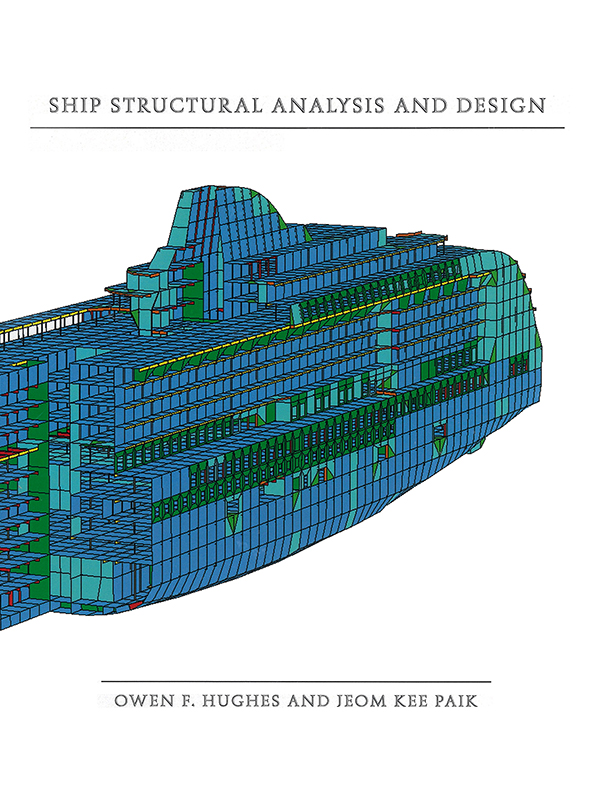 02 Ship Structural Analysis and Design
02 Ship Structural Analysis and DesignThorough, clear and informative, Ship Structural Design focuses on the most complex aspects of ship structural design preliminary design. While concept and detail design are concerned with overall requirements and standard formats, it is in preliminary design the sizing of all of the ship s principal structural members that the structural designer has the largest number of significant decisions and options, and the greatest scope for the optimizing the design. The text uses a rationally-based design approach (design from first principles), which is ideally suited to preliminary structural design. One of the advantages of this approach is that, unlike all earlier design methods, it applies to all types of ships. Moreover, this approach allows the designer to achieve an optimum structure, according to his own particular measure of merit, such as least life-cycle cost, least weight, or any combination of these. As in the original book, the underlying theory has been verified through extensive testing and implemented in MAESTRO, a leading ship structural design program.
-
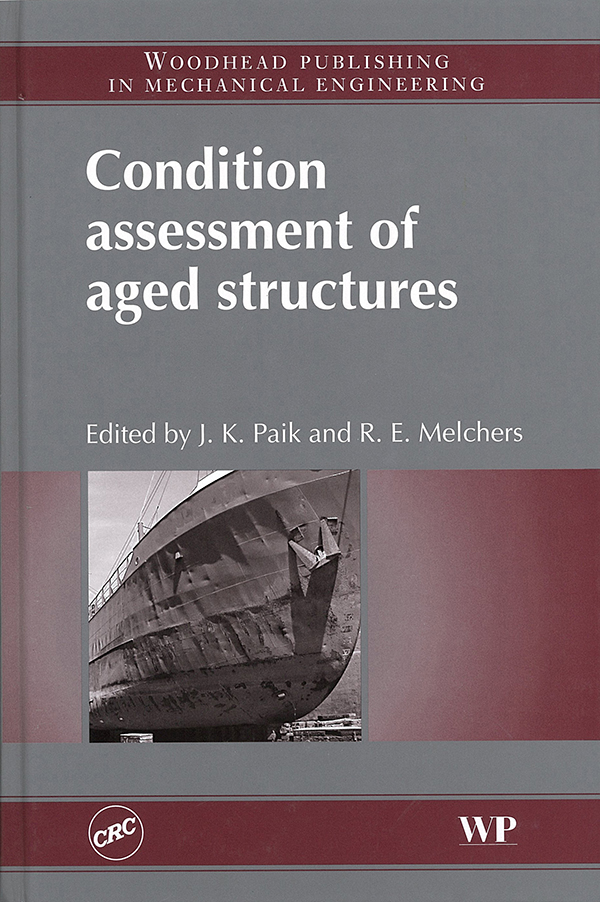 02 Condition Assessment of Aged Structures
02 Condition Assessment of Aged StructuresAny structural system in service is subject to age-related deterioration, leading to potential concerns regarding maintenance, health & safety, environmental and economic implications. Condition assessment of aged structures is an invaluable, single source of information on structural assessment techniques for marine and land-based structures such as ships, offshore installations, industrial plant and buildings. Topics covered include: • Current practices and standards for structural condition assessment • Fundamental mechanisms and advanced mathematical methods for predicting structural deterioration • Residual strength assessment of deteriorated structures • Inspection and maintenance of aged structures • Reliability and risk assessment of aged structures Professionals from a broad range of disciplines will be able to gain a better understanding of current practices and standards for structural condition assessment or health monitoring, and what future trends might be. •Single source of information on structural assessment techniques for marine and land-based structures •Examines the residual strength and reliability of aged structures •Assesses current practices covering inspection, health monitoring and maintenance
-
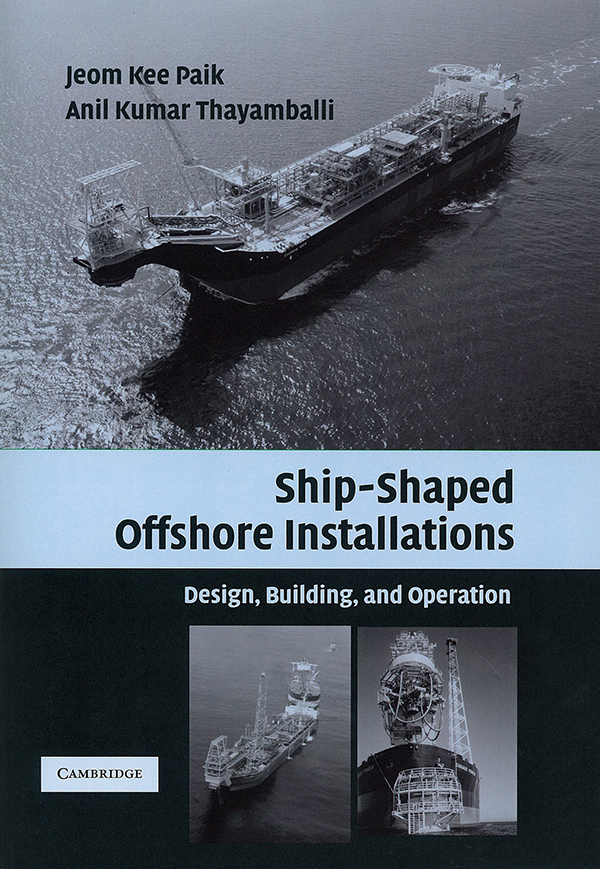 02 Ship-Shaped Offshore Installations:
02 Ship-Shaped Offshore Installations:
Design, Building, and OperationShip-shaped offshore units are some of the more economical systems for the development of offshore oil and gas, and are often preferred in marginal fields. These systems are especially attractive to develop oil and gas fields in deep and ultra-deep water areas and remote locations away from existing pipeline infrastructures. Recently, the ship-shaped offshore units have been applied to near shore oil and gas terminals. This 2007 text is an ideal reference on the technologies for design, building and operation of ship-shaped offshore units, within inevitable space requirements. The book includes a range of topics, from the initial contracting strategy to decommissioning and the removal of the units concerned. Coverage includes both fundamental theory and principles of the individual technologies. This book will be useful to students who will be approaching the subject for the first time as well as designers working on the engineering for ship-shaped offshore installations.
-
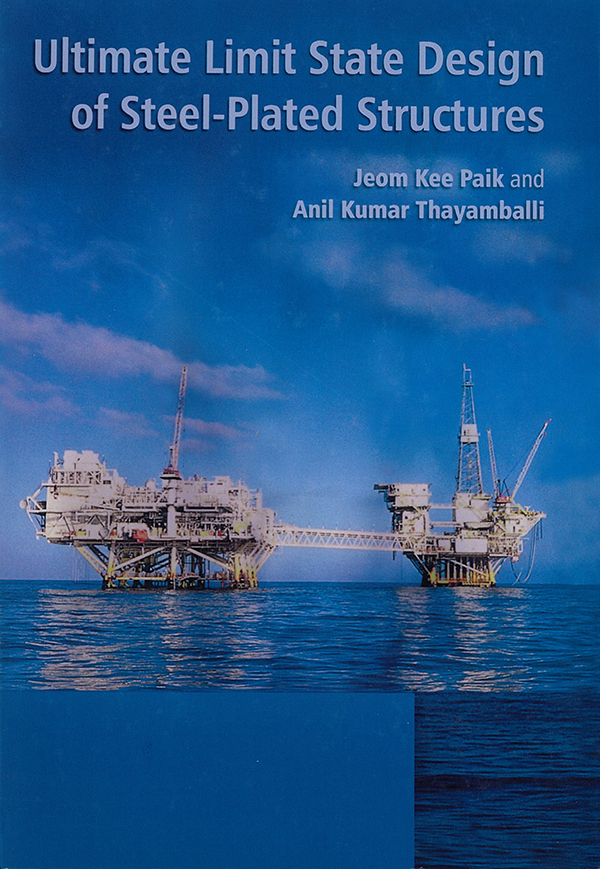 02 Ultimate Limit State Design of Steel-Plated Structures
02 Ultimate Limit State Design of Steel-Plated StructuresSteel plated structures are important in a variety of marine and land-based applications, including ships, offshore platforms, power and chemical plants, box girder bridges and box girder cranes. The basic strength members in steel plated structures include support members (such as stiffeners and plate girders), plates, stiffened panels/grillages and box girders. During their lifetime, the structures constructed using these members are subjected to various types of loading which is for the most part operational, but may in some cases be extreme or even accidental. Ultimate Limit State Design of Steel Plated Structures reviews and describes both fundamentals and practical design procedures in this field. The derivation of the basic mathematical expressions is presented together with a thorough discussion of the assumptions and the validity of the underlying expressions and solution methods.